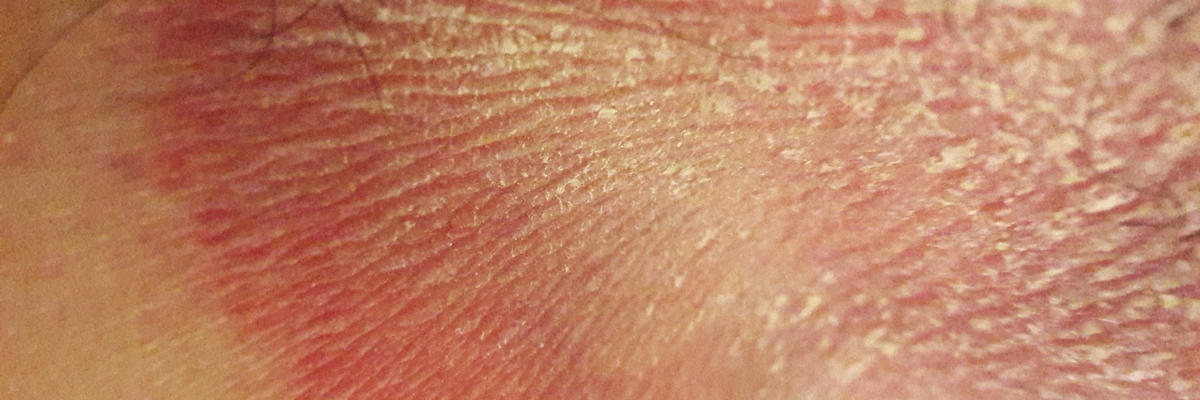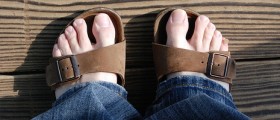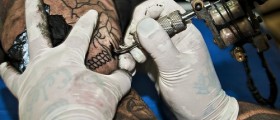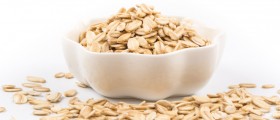Jock itch is considered a rather frequent fungal infection affecting the groin area as well as the upper thighs. Another name for jock itch is tinea cruris and it predominantly affects men.
The infective agent responsible for skin inflammation and the very infection is a fungus belonging to Dermatophytes. The reason why jock itch occurs is that the affected areas are prone to excessive sweating and if moist remains present for some time, this allows fungi to multiply and initiate inflammation.

Who is Affected by Jock Itch?
In the majority of cases jock itch affects athletes because they sweat a lot. Also, the condition is more reported among men than women.
Basically, any sweat while participating in any kind of physical activity that accumulates in the groin area, sweat associated with hot and humid weather as well as the friction of tight clothes that last for some time may trigger jock itch. It is also possible to develop jock itch if an individual takes the clothes of a person already suffering from this fungal infection.
Some people are prone to jock itch because of the conditions they are suffering from. These include patients with diabetes, obese individuals, and people with weakened immune systems.
Jock Itch Clinical Characteristics
Fortunately, jock itch is not as severe as all other forms of tinea infections. Still, if left untreated, even jock itch may cause serious complications.
The affected skin is covered with a red, raised, and circular rash with slightly elevated edges. The one complains about unbearable itching and burning sensation. The progression of the infection is accompanied by skin flaking, peeling, and cracking.
Treatment Options for Jock Itch
Many times the infection is treated with over-the-counter antifungal creams, powders, and sprays and there is no need to consult a doctor. However, if these measures fail to eradicate the infection, a person is due to consult a health care provider and have some antifungal medications prescribed.
- Several risk factors have been identified that predispose an individual to tinea cruris, including excessive perspiration, occlusive clothing, improper hygiene, diabetes mellitus, immunocompromise, and lower socioeconomic status.
- Cutaneous mycoses, including tinea cruris, affect 20 to 25 percent of the world's population. Developing and tropical countries have an increased prevalence of dermatophyte infections secondary to high temperatures and increased humidity. In the United States, there have been an estimated 29.4 million cases of superficial fungal infections and over 51 million reported physician visits.
- Patients with tinea cruris present complaining of a pruritic rash involving the groin. The area may be irritated and painful if maceration is present, and secondary infections may result in inflammation and discomfort. Duration of symptoms, previous occurrences, similar rashes in other locations, and past treatments should be elucidated. Individuals should be questioned about any history of diabetes, immunocompromise, renal disease, or hepatic dysfunction.
- Antifungals utilized in treating dermatophytoses, including tinea cruris, target the synthesis of ergosterol, a vital component of fungal plasma membranes. Management strategies are similar worldwide; however, some countries have specific guidelines based on their region's fungal profile. Topical therapies are effective and usually preferred. Allylamines (terbinafine, butenafine, naftifine) and azoles (clotrimazole, miconazole, sulconazole, oxiconazole, econazole, ketoconazole) are the mainstays of topical treatment regimens. They are generally prescribed once or twice daily for two to four weeks.
- The differential diagnosis for tinea cruris includes several other dermatologic conditions affecting the groin with similar presentations. Candidiasis, erythrasma, psoriasis, and seborrheic dermatitis exhibit comparable signs and symptoms and are most commonly confused with the fungal groin infection. Unlike tinea cruris, candidal intertrigo frequently affects women, and the rash may involve the scrotum and penis in males.
The affected skin must be kept impeccably clean and dry. Once cleaned the skin is supposed to be covered with cream, powder, or spray. The underwear must be made of natural fibers and towels used in the affected area must never be used for other body parts because the infection may spread.
Jock Itch - Prevention
The infection can be prevented with showers and baths taken every day, especially immediately after physical activity and sports. The area prone to infection should be kept dry at all times. Sharing towels is strictly forbidden. And finally, professional athletes should wash their supporters as often as possible.
- www.nhs.uk/conditions/ringworm/
- medlineplus.gov/druginfo/meds/a682753.html
- Photo courtesy of Gerardolagunes via Wikimedia Commons: commons.wikimedia.org/wiki/File:Jock_itch_heat_rash_2.jpg

















Your thoughts on this
Loading...